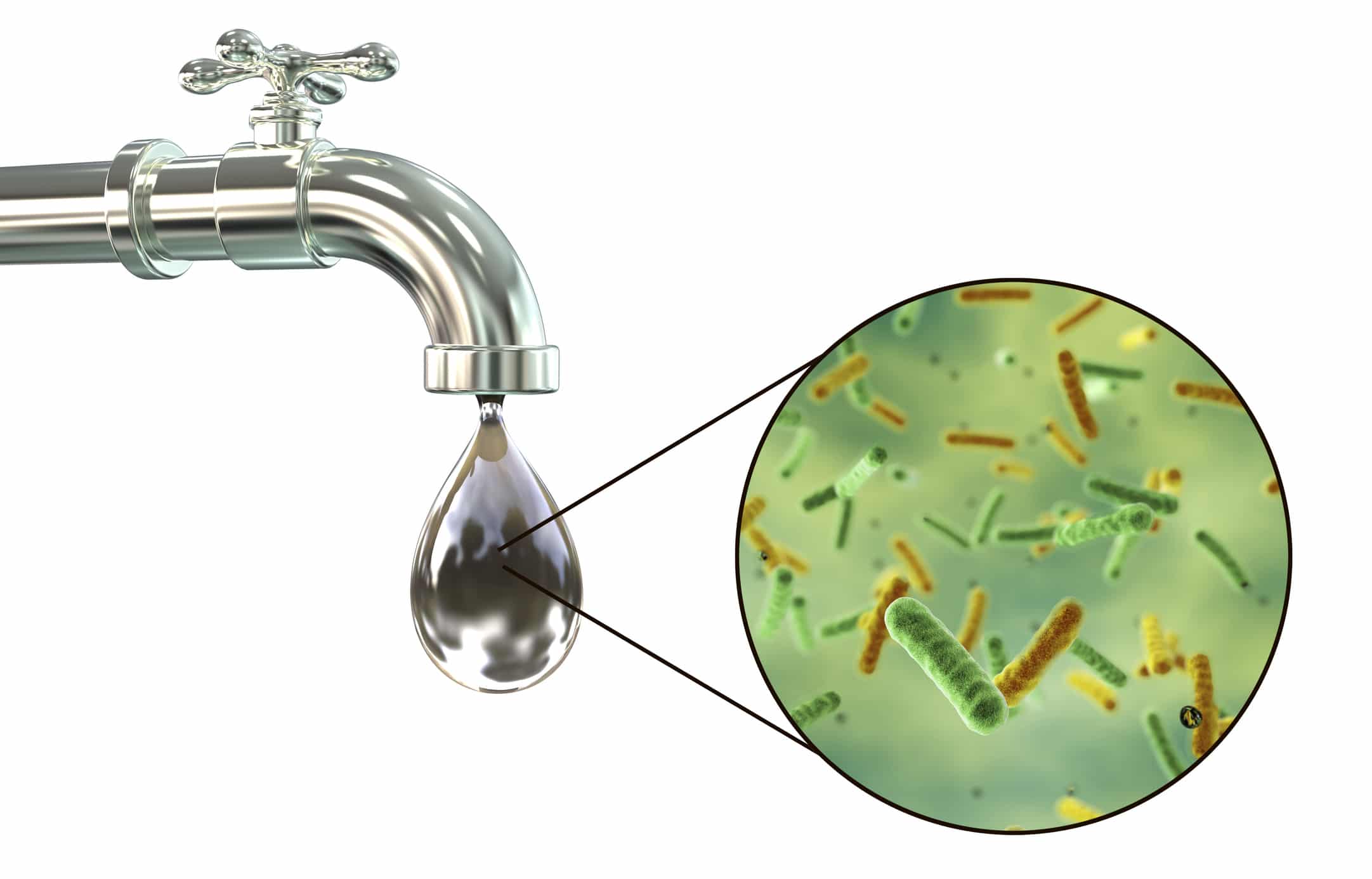Tap Water Bacteria: What’s Really in Your Glass?

Strong 8k brings an ultra-HD IPTV experience to your living room and your pocket.
When you pour a glass of water from your kitchen tap, do you ever wonder what’s really in it? Most people assume it's clean, but tap water can sometimes carry bacteria that may pose health risks. Let’s break down where these bacteria come from, what they do, and how you can stay safe.
Understanding Tap Water Systems
Tap water typically comes from lakes, rivers, or underground sources. Before it gets to your home, it’s treated in facilities that remove dirt, chemicals, and harmful organisms. Still, bacteria can sometimes slip through, especially if pipes are old or damaged.
How Bacteria Get into Tap Water
Old Pipes and Plumbing
Over time, pipes can rust or crack. This makes it easier for bacteria to get in. Some homes still use lead or outdated plumbing, which can also affect water quality.
Poor Treatment or Contamination
Sometimes, water treatment plants don’t work as well as they should. Heavy rainfall or natural disasters can also overload systems, letting bacteria into the water supply.
Common Types of Bacteria Found in Tap Water
E. coli
This bacteria usually lives in human or animal intestines. If it shows up in tap water, it likely came from sewage or animal waste. Some strains can cause serious illness.
Legionella
Legionella grows in warm water. It’s known for causing Legionnaires’ disease, a form of pneumonia. You don’t even have to drink it—just breathing in mist from an infected shower can make you sick.
Coliform Bacteria
These are a group of bacteria found in the environment and intestines. While not always harmful themselves, their presence can mean other harmful germs are around too.
Pseudomonas
This bacteria thrives in water systems. It’s not a big threat for healthy people, but it can cause issues for those with weak immune systems.
Health Risks from Contaminated Tap Water
Symptoms to Watch For
You might experience stomach cramps, diarrhea, fever, or vomiting if you drink contaminated water. In some cases, infections can become severe.
High-Risk Groups
Children, the elderly, and those with compromised immune systems are at greater risk. Even healthy people can get sick if bacteria levels are high enough.
Tap Water Quality in the US, UK, and AE
United States Tap Water Overview
The US has strong regulations, but problems still happen. For example, Flint, Michigan, faced a crisis when lead and bacteria entered the water supply due to poor oversight.
Tap Water Conditions in the UK
The UK has very strict water standards. Most of the tap water is safe to drink. Still, rural areas may face issues during floods or pipe bursts.
UAE Water Systems
Tap water in the UAE is usually desalinated and treated. However, storage tanks in buildings may not be cleaned often, which can lead to bacterial growth.
Water Testing: How to Know If Your Water Is Safe
Home Test Kits
These are simple to use and check for things like bacteria, chlorine, and lead. You can buy them online or in hardware stores.
Lab Testing
If you want exact results, send a sample to a certified lab. This is more accurate but also more expensive.
What Governments Do to Keep Water Safe
EPA and Water Standards (USA)
The Environmental Protection Agency sets limits for over 90 contaminants in drinking water. Cities are required to test and report their water quality.
Drinking Water Inspectorate (UK)
This agency makes sure suppliers meet strict rules. They check water regularly and issue public reports.
Federal Authority for Nuclear Regulation and UAE Regulations
In the UAE, multiple bodies oversee water quality. Building owners are expected to maintain tanks and pipes to avoid contamination.
Signs That Your Tap Water Might Be Contaminated
Bad smell (like rotten eggs)
Cloudy or brown color
Unusual taste
Slimy feel on hands after washing
Sudden illness in your household
If you notice these signs, stop drinking the water and get it tested.
How to Remove Bacteria from Tap Water
Boiling
Boiling kills most bacteria. Bring water to a full boil for at least one minute.
Filtration Systems
Use filters with the NSF/ANSI 53 or 58 mark. These can remove bacteria and other harmful particles.
UV Treatment
Ultraviolet light kills bacteria without chemicals. It’s a fast and safe option for home use.
Bottled Water vs. Tap Water: Is One Safer?
Bottled water can be safer in emergencies. But it’s not always cleaner. It’s also more expensive and less eco-friendly than treated tap water.
Environmental Impact of Bottled Water
Bottled water creates plastic waste and uses more energy. Millions of bottles end up in landfills every year. If your tap water is safe, using a filter is a better choice for the planet.
What to Do in a Water Boil Advisory
If your local health department issues a boil advisory:
Boil water before drinking or cooking
Use bottled water for brushing teeth
Avoid ice from tap water
Don’t use home filters unless rated for bacteria
Innovations in Water Purification
Smart Filters
New smart filters connect to your phone and alert you when it's time to change them or if something seems off.
AI and Water Monitoring
AI tools now help cities find and fix leaks, test water in real time, and prevent outbreaks before they start.
Everyday Habits to Improve Water Safety at Home
Clean faucet aerators monthly
Change filters on time
Keep storage tanks sealed and clean
Let tap run for a few seconds before drinking
These small steps help reduce the chance of bacteria getting into your water.
Final Thoughts
Tap water in most places is safe. But no system is perfect. Bacteria like E. coli or Legionella can still show up, especially if pipes are old or treatment plants fail. The good news? You can protect yourself with basic tools like filters and test kits. Staying informed is the first step to staying healthy.
FAQs
1. Can I get sick from brushing my teeth with tap water?
Yes, if the water is contaminated. Use bottled or boiled water if there's a warning.
2. What’s the fastest way to kill bacteria in tap water?
Boiling is the quickest and most reliable method.
3. How often should I test my tap water?
At least once a year, or if you notice changes in taste, color, or smell.
4. Are home filters enough to remove bacteria?
Some are. Look for ones certified to remove microbiological contaminants.
5. Can pets get sick from tap water bacteria?
Yes, especially if they’re older or have health issues. Use safe water for them too.
Note: IndiBlogHub features both user-submitted and editorial content. We do not verify third-party contributions. Read our Disclaimer and Privacy Policyfor details.


